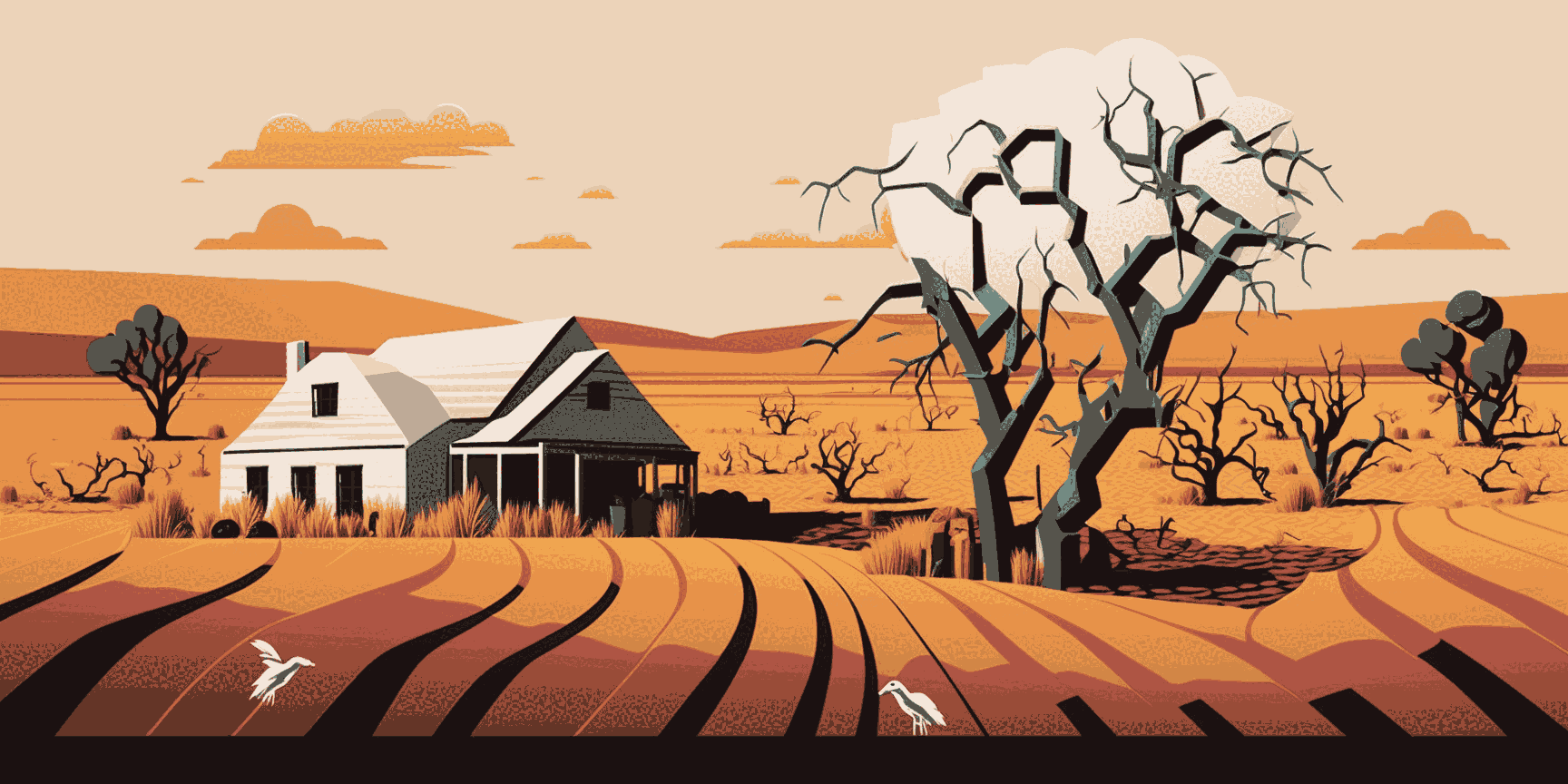Climate Change And The Dry Season: A Devastating Impact On Vegetation
As the effects of climate change continue to escalate, the dry season has become more severe than ever, causing devastating consequences for vegetation worldwide.
Table Of Content
- Introduction
- The Impact Of Climate Change On Vegetation During The Dry Season
- Mitigating The Impact Of Climate Change On Vegetation During The Dry Season
- Conclusion
- Cause
- Is Caused By
Introduction
Climate change is a global crisis that is affecting every corner of the planet. One of the most visible consequences of this phenomenon is the increased severity of the dry season. In many regions, the dry season is becoming longer and more intense, leading to a range of devastating consequences for both human and natural systems.
One of the most significant impacts of climate change on the dry season is the effect on vegetation. As the dry season becomes more severe, many types of vegetation are struggling to survive. In this article, we will explore the devastating impact of climate change on vegetation during the dry season, and what we can do to mitigate these effects.
The Impact Of Climate Change On Vegetation During The Dry Season
The dry season is a critical period for vegetation in many parts of the world. During this time, plants must cope with water stress and other environmental pressures, including increased temperatures and reduced humidity. However, as the dry season becomes more severe due to climate change, these pressures become even more intense, leading to a range of devastating consequences for vegetation.
One of the most significant impacts of climate change on vegetation during the dry season is reduced growth and productivity. As plants struggle to cope with water stress and other environmental pressures, they are less able to photosynthesize and produce the energy they need to grow and reproduce. This can lead to reduced yields for agricultural crops, reduced forest productivity, and reduced biodiversity.
Another impact of climate change on vegetation during the dry season is increased susceptibility to pests and diseases. As plants become weaker and less able to defend themselves, they become more vulnerable to attack from pests and diseases, which can have devastating consequences for crops and natural ecosystems.
In addition to these direct impacts, climate change is also having indirect effects on vegetation during the dry season. For example, as temperatures increase, it can become more difficult for pollinators to do their job, leading to reduced yields for crops that rely on pollination. Similarly, changes in rainfall patterns can lead to changes in the timing of plant growth and reproduction, which can have cascading effects throughout ecosystems.
Mitigating The Impact Of Climate Change On Vegetation During The Dry Season
While the impacts of climate change on vegetation during the dry season are severe, there are steps we can take to mitigate these effects. One of the most important steps is to reduce our greenhouse gas emissions, which are driving climate change in the first place. By transitioning to renewable energy sources, reducing our reliance on fossil fuels, and improving energy efficiency, we can slow the rate of climate change and reduce the severity of the dry season.
Another key step is to improve water management practices. By investing in water-saving technologies and improving irrigation systems, we can help plants cope with water stress and reduce the impact of droughts during the dry season. Similarly, improving soil health through practices such as conservation agriculture can help plants better absorb and retain water, reducing their vulnerability to water stress.
Finally, we can work to support the resilience of natural ecosystems by preserving and restoring natural habitats. By protecting forests, wetlands, and other natural systems, we can help ensure that plant and animal species have the best possible chance of surviving the dry season and adapting to the changing climate.
Conclusion
Climate change is having a devastating impact on vegetation during the dry season, with reduced growth, increased susceptibility to pests and diseases, and indirect effects on plant-pollinator interactions and ecosystem functioning. However, by taking steps to reduce greenhouse gas emissions, improve water management practices, and support natural ecosystems, we can mitigate the impact of climate change on vegetation during the dry season.
It is essential that we take action now to address the root causes of climate change and protect our planet's vegetation and ecosystems.




